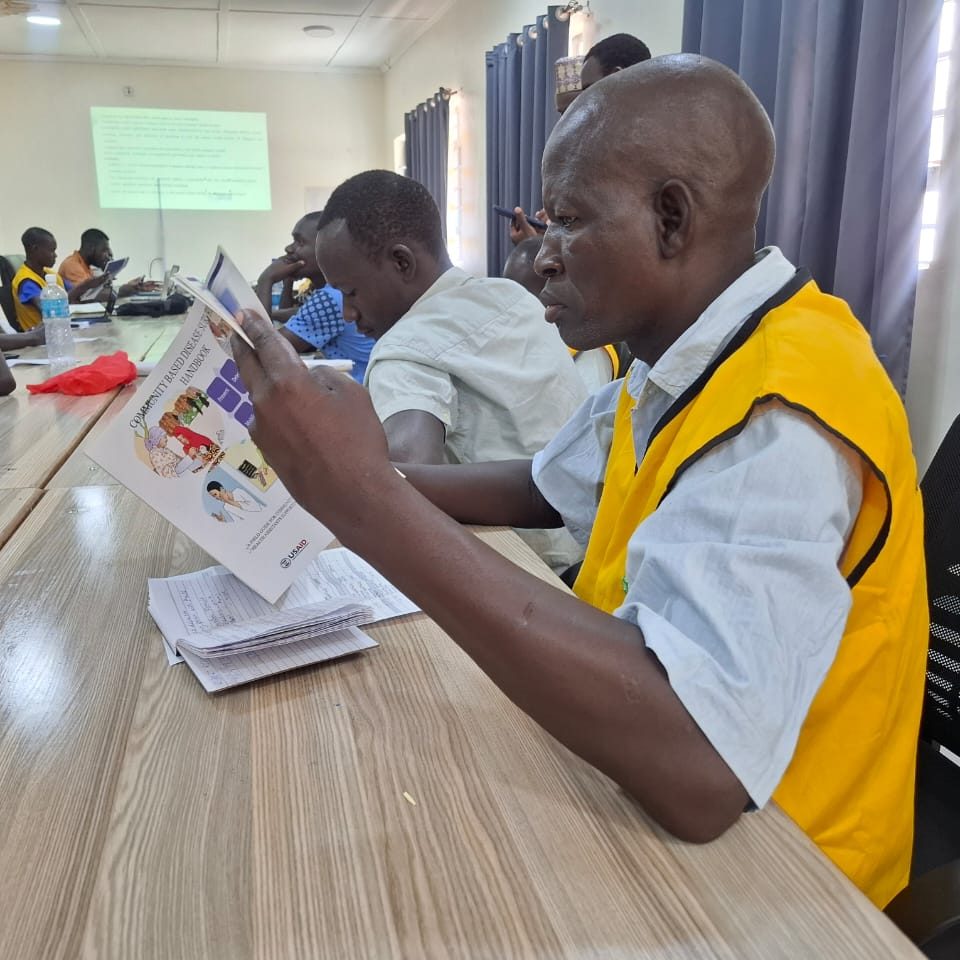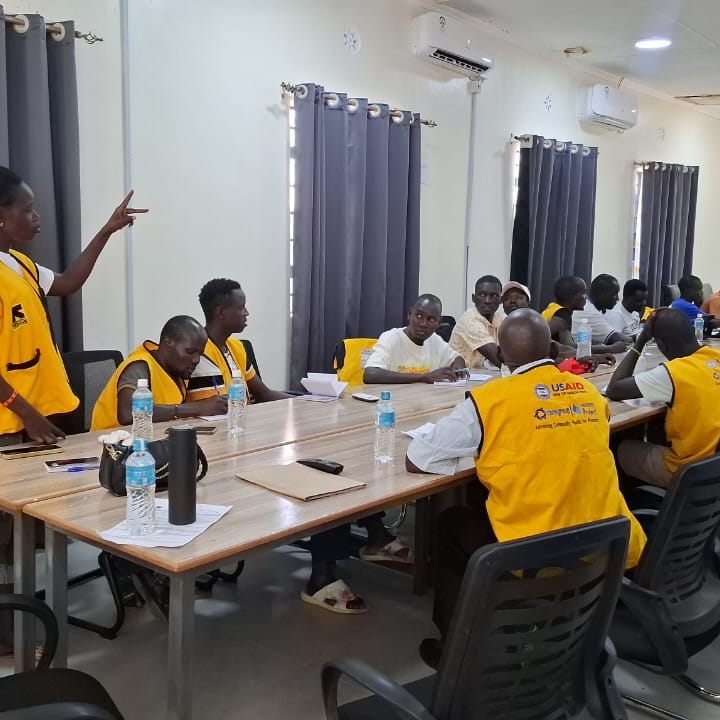In a significant step toward strengthening community health surveillance in Turkana County, 16 Community Mobilizers (CMs) from 19 cross-border health facilities in Todonyang, Kibish, Turkana West, Lokichoggio, and Lokiriama sub-counties have completed a three-day training on community-based surveillance (CBS).
Supported by the International Rescue Committee through the Core Group Partners Project (CGPP), the training equips these front-line workers to detect and report zoonotic and priority diseases, enhancing early response to potential outbreaks in Kenya’s largest county.

The training, facilitated by county and sub-county surveillance and health promotion teams, focused on early detection, accurate case definitions, and prompt reporting of diseases such as polio, measles, acute flaccid paralysis, neonatal tetanus, anthrax, rabies, brucellosis, and Rift Valley fever.
County Disease Surveillance Coordinator Absolom Kuya emphasised that the program enables CMs to conduct active case searches at the facility level and report cases swiftly to surveillance teams for immediate action.
For Turkana’s border regions, where pastoralist communities frequently cross boundaries, timely detection is critical to prevent diseases from spreading rapidly.
CGPP Project Manager Abdi Jamal noted that early identification, particularly of polio in areas like Lokiriama and Turkana West, is essential to safeguard entire communities.
The training enhances the efficiency of CMs, who work closely with Community Health Promoters (CHPs), Community Disease Reporters (CDRs), and facility in-charges to monitor and protect their communities.
The impact of this work is evident in real-life stories. Jedida Adome, a mobilizer from Lokipoto Dispensary in Turkana West, recounted a life-saving intervention when she and a CHP rushed a mother with severe post-delivery complications to a hospital, where her critically low blood pressure was stabilized.
“Even simple lessons, like how to approach and interact with the community before engaging them on healthcare, are now clearer to me. I can help my people better,” Adome shared.
Similarly, Robert Kosowan from Todonyang Dispensary in Kibish Sub-County described coordinating an emergency response for five children bitten by a rabid dog.
With support from a CHP and CDR, he secured an ambulance, ensuring the children received timely medical care and survived. The incident spurred the community to embrace rapid reporting and surveillance.
Lokiriama Sub-County Disease Surveillance Officer Stephen Bwire described CMs as “community foot soldiers” essential to disease prevention.
He acknowledged challenges, such as gaps in understanding case definitions and differential diagnoses, which the training addressed to improve reporting accuracy.
Regular data sharing and performance reviews further motivate CMs by recognising their vital contributions.
Despite their strengthened skills, CMs face significant hurdles in Turkana’s vast terrain, including long distances, limited resources, and the need for ongoing community sensitisation.
Continued support from development partners and collaboration with the county government are critical to overcoming these challenges.
Facilitators Nancy Birechy, Joel Maiyo, and Andrew Ekal also played key roles in delivering the training, reinforcing Turkana’s commitment to building a resilient health surveillance network.

